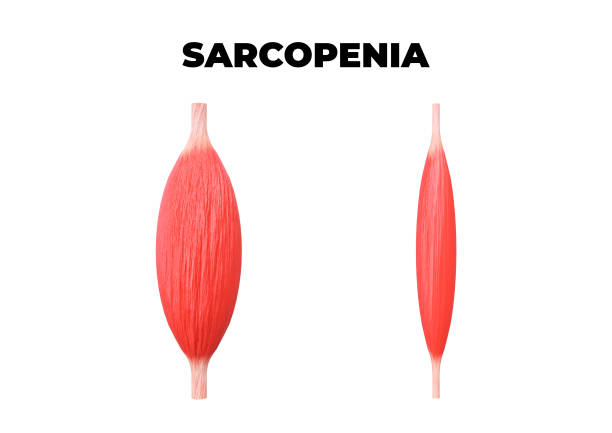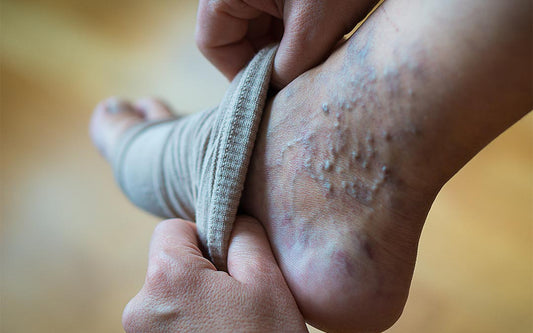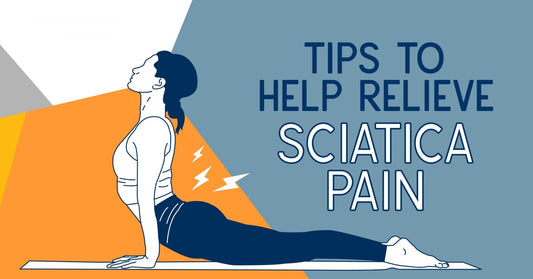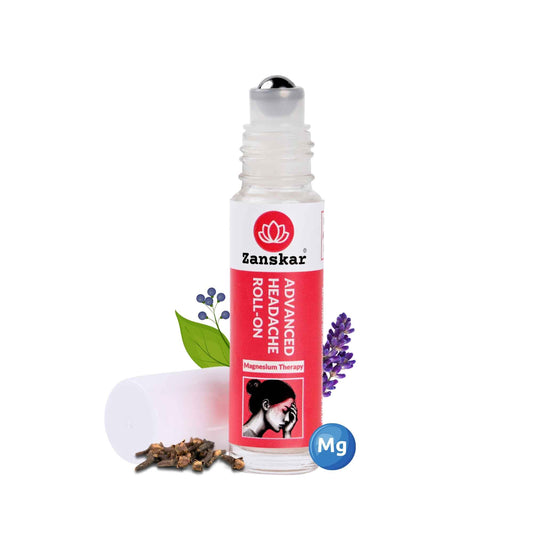
What is muscle atrophy? Causes, treatments, and exercises
Muscle atrophy refers to a reduction in muscle size or mass that can make everyday activities feel more challenging. It often develops gradually with age, or sometimes after an injury or illness that leads to less movement. It can occur in various parts of the body, depending on the underlying cause. You might notice the affected muscle looking smaller and feeling weaker than before.
Types of Muscle Atrophy
Muscle atrophy can result from different causes, including inactivity, aging, nerve damage, or chronic illness. The most common types include:
1. Disuse Atrophy
This happens when muscles aren’t used for an extended period — for example, after being immobilized in a cast. It’s often reversible through consistent movement and exercise.
2. Sarcopenic Atrophy
Age-related muscle loss, known as sarcopenia, typically begins around age 30 and accelerates after age 60. Though it’s a natural part of aging, it’s possible to rebuild muscle at any age through strength training and proper nutrition.

3. Neurogenic Atrophy
Caused by nerve damage, this form of muscle loss may be associated with conditions like spinal cord injuries, multiple sclerosis, or diabetes. It’s typically harder to reverse, and medical supervision is often necessary.
4. Cachectic Atrophy
Also known as wasting syndrome, this type of atrophy occurs in response to serious illnesses such as cancer, AIDS, or chronic heart failure. It’s linked to systemic inflammation and poor nutrient absorption.
Causes of Muscle Atrophy
The causes vary depending on the type but often include:
- Physical Inactivity: Muscle loss can occur when you’re sedentary due to injury, illness, or lifestyle factors.
- Hormonal Changes: Reductions in hormones like estrogen and testosterone with age can lead to muscle atrophy.
- Aging: Muscle mass can decline up to 50% by the 80s if not actively maintained.
- Nutritional Deficiencies: Lack of protein and overall calories impairs muscle repair and growth.
- Chronic Stress: Elevated cortisol levels from long-term stress can contribute to inflammation and muscle breakdown.
Symptoms of Muscle Atrophy
Symptoms vary but commonly include:
- Visible muscle shrinkage, often more noticeable on one side of the body
- Fatigue during daily activities
- Muscle weakness or difficulty walking
- Poor balance or coordination
- Frequent cramps due to reduced blood flow in weakened muscles

Treatments for Muscle Atrophy
Muscle atrophy can often be improved, especially if it stems from inactivity or aging. Here are effective strategies:
1. Physical Therapy and Exercise
Targeted exercises help rebuild lost strength. Working with a physical therapist ensures a tailored and safe approach. Zanskar Health offers remote access to guided physiotherapy programs that can be done from home, including features like video-based consultations and personalized rehab plans.
2. Strength Training
Regular resistance training—starting with bodyweight exercises, then progressing to resistance bands and weights—is highly effective for muscle regeneration. Aim for at least twice a week.
3. Balanced Nutrition
Adequate protein intake (about 0.8g/kg body weight or more for older adults) is essential for rebuilding muscle. Include foods like eggs, lean meats, fish, dairy, soy, legumes, and nuts.
4. Supplements
Supplements like creatine may support muscle mass and strength when paired with training, although more research is needed, especially in older populations. Always consult a healthcare provider before starting supplements.
5. Electrical Stimulation
For nerve-related muscle atrophy, therapists may use electrical stimulation to activate muscles and support strength maintenance.
6. Medical Support
If the atrophy is caused by an underlying medical condition (e.g., hormonal imbalances, metabolic disorders), appropriate medical treatment can support recovery.
Can Muscle Atrophy Be Reversed?
Yes — especially disuse and sarcopenic atrophy can be reversed with timely intervention. The earlier you start physical therapy and strength-building exercises, the better your chances of regaining function. While nerve-related and illness-induced muscle loss may not be fully reversible, maintaining muscle mass can still greatly improve quality of life.
When to Consult a Doctor
You should seek medical attention if you:
- Experience muscle loss without a clear reason
- Notice other symptoms like numbness, weakness, or unexplained fatigue
- Lose weight rapidly or feel unusually weak
PT Tip: Keep Moving
Regular movement is the most effective way to prevent or reverse muscle atrophy. Even small actions like stretching, walking, or lifting light objects each day can make a significant difference over time.
How Zanskar Health Can Support You

If joint or muscle pain is preventing you from moving, Zanskar Health’s digital physiotherapy platform and clinically designed topical pain products can help you regain function and manage pain—right from home. Our app-based programs offer:
- Guided therapeutic exercises
- Expert support from physiotherapists
- Personalized recovery plans based on your needs
You can get started without needing to visit a clinic, making care more accessible and convenient.
Learn More About Us
If you have joint pain, muscle pain or headaches that makes it hard to move, Zanskar offers the most advanced full stack pain relief solutions for you.
Now available to purchase, Zanskar® pain-care range have unique bio-active formulations. It provides lasting relief from muscle and joint discomfort that you can feel good about. Get your fix before stocks run out - buy now.
You can also gain access to therapeutic exercises and stretches for your condition by downloading the Zanskar Health physiotherapy mobile app. Additionally, you’ll have a personal care team to guide, support, and tailor our program to you, including behavioral and nutritional coaching.
Download our mobile app here 👉 download and track your exercise streak.
Medical Review: This article is written and medically reviewed by Dr Nishtha Mittal (Senior Health Content Editor at Zanskar Health). This article and its contents are provided for educational and informational purposes only and do not constitute medical advice or professional services specific to you or your medical condition.







